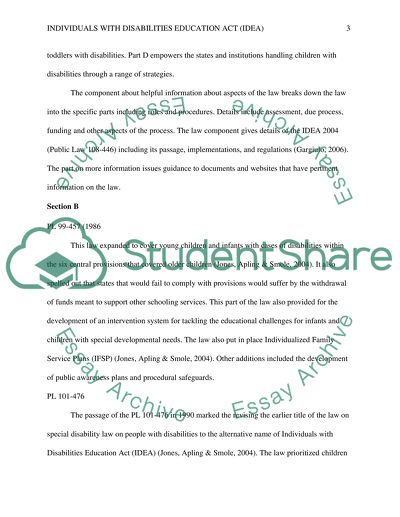Cite this document
(“Idea Book Report/Review Example | Topics and Well Written Essays - 1250 words - 1”, n.d.)
Retrieved from https://studentshare.org/education/1612936-idea
Retrieved from https://studentshare.org/education/1612936-idea
(Idea Book Report/Review Example | Topics and Well Written Essays - 1250 Words - 1)
https://studentshare.org/education/1612936-idea.
https://studentshare.org/education/1612936-idea.
“Idea Book Report/Review Example | Topics and Well Written Essays - 1250 Words - 1”, n.d. https://studentshare.org/education/1612936-idea.


